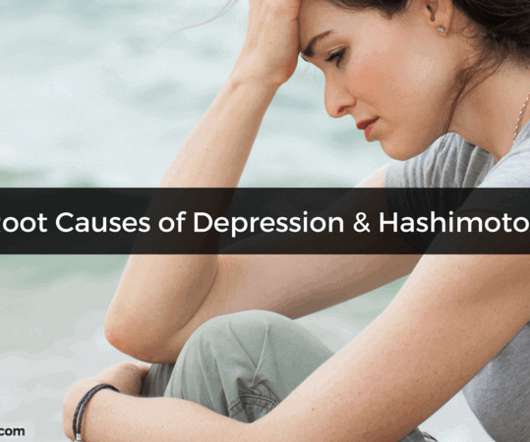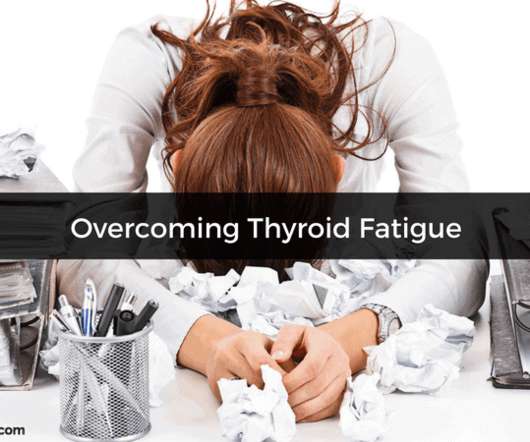Improving Quality of Life through Chronic Care Management
PharmD Live
MARCH 30, 2022
Aging is a privilege, not a guarantee–Chronic Care Management improves quality of life. As one has the privilege to get older, chronic conditions will go up. Each situation typically involves one or more medications for each chronic health condition. By Marshall Eidenberg, DO, MBA.


















Let's personalize your content